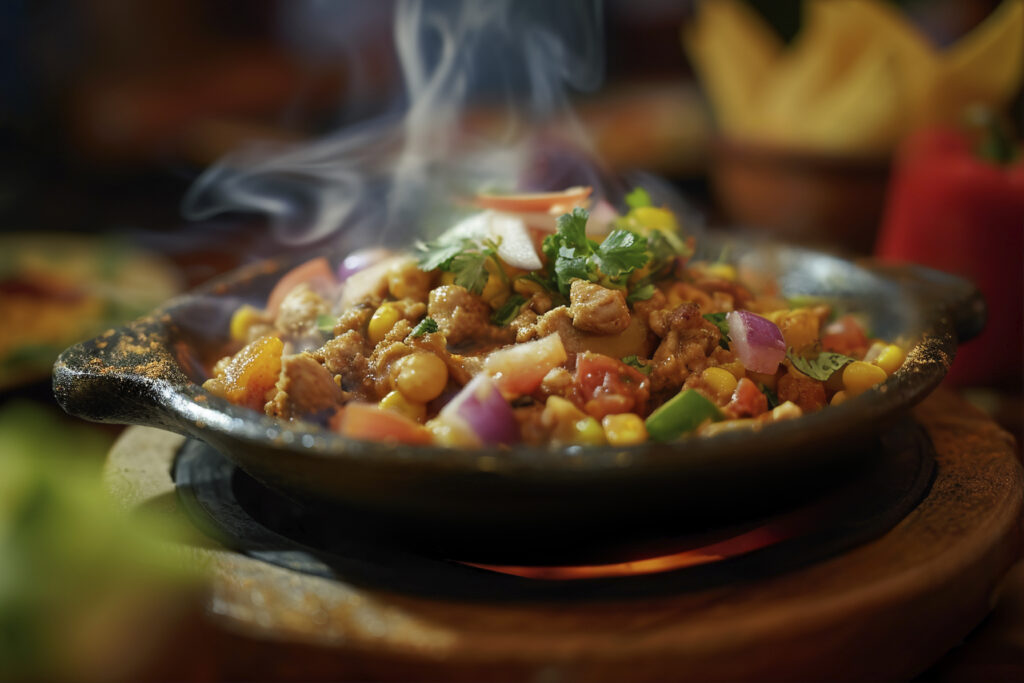Want to try Best Samosa Chaat in Adelaide? Visit Us!

Today marks World Samosa Day, a celebration of a snack that holds a special place in the hearts of many Indians. While we often think of samosas as a quintessentially Indian treat, their origins might surprise you. Historical accounts suggest that the samosa first appeared in the Middle East during the 10th century. The earliest documented reference comes from the Iranian historian Abolfazl Beyhaqi, who mentioned a dish called ‘Sambosa’ in his work, Tarikh-e Beyhaghi. These early versions were small, making them perfect for travelers to carry in their saddle bags for a quick bite on the move.
The samosa’s royal history began with the famous poet and scholar Amir Khusro, who described a meat-filled version enjoyed by the nobility of the Delhi Sultanate. Later, the renowned traveler Ibn Battuta noted the sambusak, a variant filled with minced meat, nuts, and spices, served at the court of Muhammad bin Tughluq. The Mughal era also recognized this delicacy, with Ain-i-Akbari documenting a recipe for ‘Sanbúsah.’
If you think the classic triangular samosa filled with spiced potatoes is the only way to enjoy this delightful snack, think again! Across India, there are over 15-20 regional variations of samosas. In Hyderabad, you’ll find ‘Lukhmi,’ a thicker, meat-stuffed version. South Indian samosas often feature cabbage, carrots, and curry leaves. In Bengal, they are known as ‘Shingaras’ and come in both savory and sweet options. Gujarat offers a smaller version filled with French beans and sweet peas, while in Goa, they are called ‘chamuças’ and can be made with minced beef, chicken, or pork.
The journey of the samosa to India marked the beginning of its global adventure, where it embraced various regional flavors along the way. Its rise to fame as a beloved triangular treat has sparked a wave of creative variations. For instance, in Portugal, Brazil, and Mozambique, it’s referred to as ‘pastéis’. In Arab nations, it’s known as ‘Sambusak’, typically filled with minced meat or chicken, along with onions, spinach, and feta cheese. Interestingly, in Israel, the filling often features mashed chickpeas, while in the Maldives, it’s delightfully packed with a mix of tuna or fish and onions.
There’s a rich history behind Samosa, but let’s cut to the chase. One of the most popular variations is Samosa Chat – a mouth-watering dish made with samosa, chickpea curry, flavorful chutneys, and spices at Tandoori Bliss.

